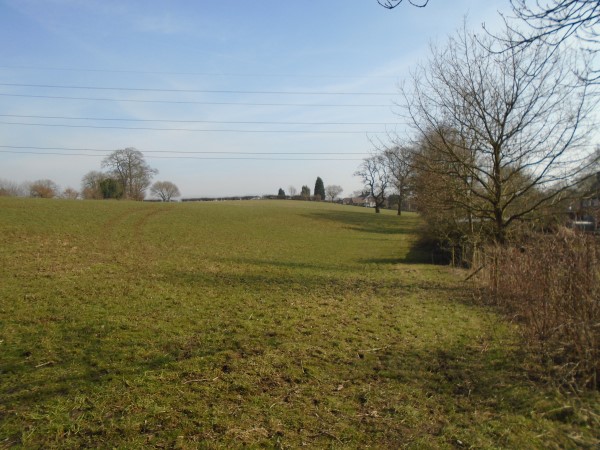Airspeed Oxford Mk.I LW959 of No.21 (P)AFU crashed at Henbury near Macclesfield, Cheshire, on the 29th September 1943

| Donald John Munro | Sergeant | Pilot (Instructor) | Killed |
| William Paul Donneley | Sergeant RCAF | Pilot (Pupil) | Died of Injuries |
The instructor, who was onboard as a Safety Pilot, and student were carrying out a day cross country flight from Wheaton Aston near Stafford. The briefed route was Wheaton Aston – Ellesmere (Shropshire) – Helsby – Prestbury – Madeley – Ruabon [spelt Rusbon in the report] – Wheaton Aston. This route is some 170 miles long and would have taken around 2 hours to complete in an Oxford.
At 15:00 the aircraft left Wheaton Aston and followed the route reaching Prestbury at 16:05, at the time of departing visibility had been about 3 miles with the cloud base at 600 to 1,000ft ASL. An hour later in the Prestbury area conditions were similar but with dizzle, the cloud base was either touching the ground or was just above ground level.
Having made the planned turn at Prestbury the aircraft took up the course for Madeley, though was about 800 yards to the west of where it should have been. After travelling 2.5 miles along that track and while flying at around 550ft the aircraft struck the top of a tree at Henbury which was reported to have been 60ft tall before then striking a second tree a short distance further on. After this the aircraft hit the ground about forty yards away from the tree sliding for a similar distance before running into an earth bank which stopped the aircraft.

Sergeant Munro was killed during the crash, while Sergeant Donnelly was severely injured. He was quickly removed from the wreckage and taken to Parkside Hospital in Macclesfield where he died two hours later.

The Court of Inquiry recommended that it be stressed to all pilots that when there was the possibility of deteriorating visibility approaching high ground that they should turn back rather than continue with the planned route. The Officer Commanding Wheaton Aston stated that both had been warned of the possibility of poor visibility.


